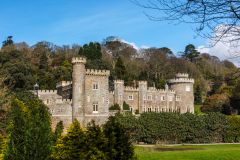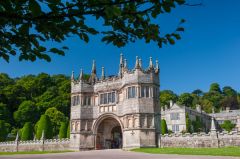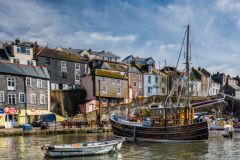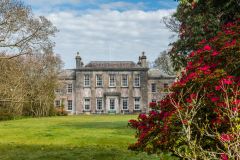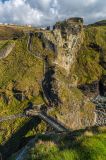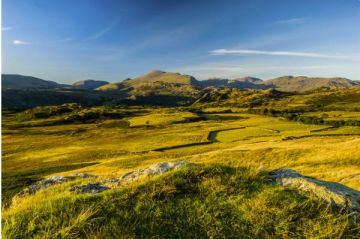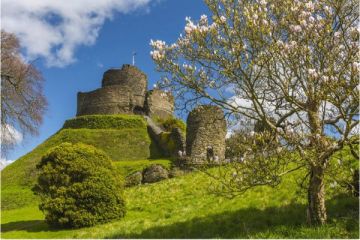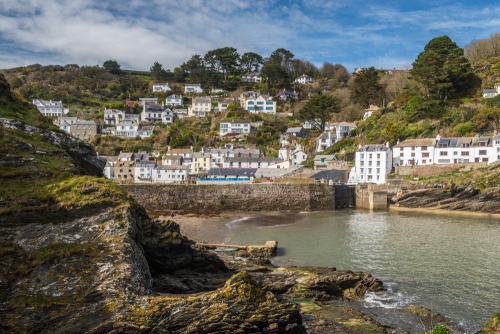
The River Tamar marks the border of Devon with the county of Cornwall. In years gone by the Tamar was as much a cultural barrier as a geographic one; Cornwall was one of the last bastions of pre-Celtic culture in England. The original British inhabitants of the island were pushed back across the river by the encroaching Celts, and succeeding generations of Romans and Saxons isolated the Cornish inhabitants further.
It was not that long ago that Cornish maintained its own version of Gaelic language, and certainly Cornish folklore and customs remain one of the unique and attractive features that set the county apart from the rest of England.
For the sake of simplification, Cornwall can be divided into two coasts, the south, with its warm breezes and semitropical air, and the rugged north coast, where the wind whips off the Atlantic onto rocky headlands and draws surfer-seekers and walkers like a magnet.
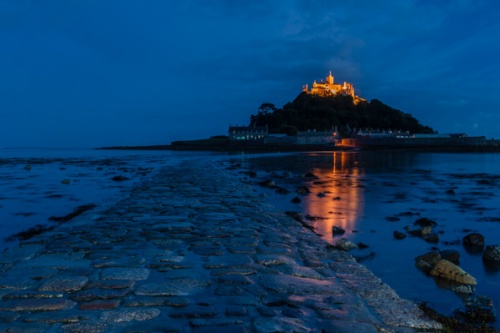
The South West Coast Path follows the coastline through breathtaking scenery, past tiny fishing villages and old smuggler's haunts like Mousehole to popular resorts like Looe and Penzance. It passes through Tintagel, legendary home of King Arthur's castle of Camelot. Though the association with King Arthur may be debatable, the ruins of 12th century Tintagel Castle are remarkable. The castle is perched precariously on a rocky headland above the pounding surf, and it is hard to imagine a more romantic spot.
More modern is the county town of Truro, notable for its quietly dignified Georgian buildings and its Victorian cathedral, whose triple spires dominate views of the town. From Truro it is a short river trip to Falmouth, where Henry VIII's Pendennis Castle stands on a headland above the town.
Cornwall is notable for its abundance of ancient remains. One such is the Iron Age settlement at Chysauster, near St. Ives. Here, settlement began about 200BC, in the form of a cluster of 8 huts at the foot of Castle-an-Dinas. The prehistoric tomb of Lanyon Quoit, near Madron, is another site worth seeing. The Quoit is the remains of a Neolithic chambered tomb dating from about 2500BC.
One of the strangest prehistoric relics in the West Country is without a doubt Men-an-tol, near Lanyon. This peculiar site is comprised of two uprights either side of a rounded stone with a circular hole in the centre. Although we don't know its original significance, local legend has it that if you climb through the hole nine times against the setting sun, all your injuries will be cured.
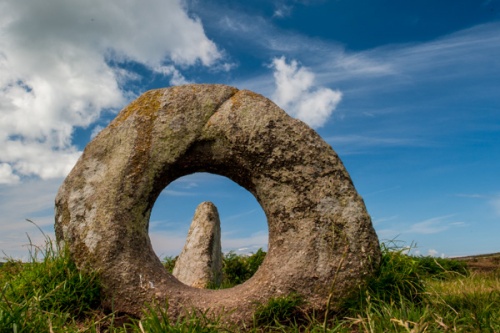
More modern but still of historical interest are the superb country estates of Cotehele House, Lanhydrock, and Antony House. The mild climate, especially in the south of Cornwall, has produced several superb gardens as well. Trewithen, near Truro, is remarkable for its variety of subtropical plants. At Trebah, rainforest plants cling to the steep sides of a deep ravine, while at Lanhydrock park, woodlands, and formal gardens surround the Victorian mansion.
Land's End remains a popular tourist attraction, though in truth there is little to see beyond the headland of tumbled rocks that mark the most westerly point of mainland England.
More spectacular are the striking medieval remains of St. Michael's Mount, a fanciful castle perched atop an island in Mount's Bay across from Marazion. The Mount, now administered by the National Trust, is an island at high tide but is accessible by a stone causeway at other times.
